Best
AFFORDABLE
UKULELE
Gear4music PORTABLE AND EASY TO PLAY
-
Overall: With Soft Strings And
A Small Soprano Size -
Best Feature: Crafted With A High Quality
Laminate Build -
TedScore™: 7/10
Best
OVERALL UKULELE
-
Overall: Rich, Balanced Tones Mahogany Body
-
Best Feature: Smooth Playability Thanks To The Rosewood Fingerboard
-
TedScore™: 8.5/10
Best
BEGINNER UKULELE
-
Overall: All-Mahogany Body Creates Plenty Of Sweet Sonic Goodness
-
Best Feature: XEnjoy A Lively, Warm, Responsive Ukulele Character X
-
TedScore™: 9.5/10
We all know the tiny instrument often associated with Hawaiian culture. Who doesn’t know about the ukulele?
It’s a small guitar-like instrument that produces happy and soothing tones. No wonder it charms listeners with popular songs across various genres, making it a delightful instrument for fun and leisure.
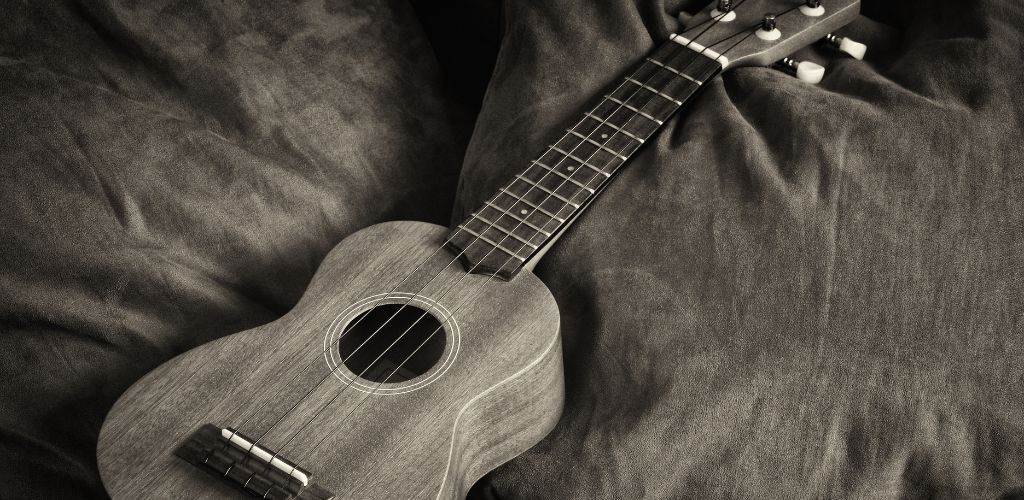
Additionally, the ukulele can be a gateway to learning other instruments like the guitar, bass, and violin, showcasing its versatility and the transferability of skills across different musical instruments.
Even though it’s popular, we really don’t know the facts about the ukulele. Where did it come from? Is it a Hawaiian invention? Why is this stringed instrument called a ukulele?
Guess what, I know the answers and I would love to share with you the fun facts about this adorable instrument!
Facts on Origins and History
The ukulele is small in size, but its rich history is vast and vibrant. Let me share the ukulele fun facts about its history and where it came from.
Fact #1: Portuguese Instruments Roots

Portugal is where your ukulele story starts.
The Portuguese have a small stringed instrument called the cavaquinho. Let’s just say that this is the great-grandfather of the ukulele.
In the late 19th century, Portuguese migrants set sail from Madeira, bringing with them hopes for a new life and some Portuguese instruments called machete, a close relative of the cavaquinho.
Fact #2: Adoption in Hawaii and Hawaiian music
As these Portuguese immigrants arrived in Hawaii, they introduced their musical instruments.
The locals, especially the Hawaiian king David Kalakauna, were enchanted by the lively strumming and quickly embraced the newcomers’ music.
It didn’t take long for it to evolve into what you now recognize as the ukulele, even giving it the Hawaiian name meaning “jumping flea” because of the energetic finger movements.

Fact #3: Growth in Popularity

Through the early 20th century, the ukulele’s popularity began to spread from Hawaii to the mainland of the United States.
When World War II ended, America’s fascination with Hawaiian and Japanese music ignited an ukulele craze.
Even the iconic Beatles played their part. George Harrison, a noted ukulele enthusiast, stirred the pop culture pot and helped the ukulele strum its way through the decades.
Fact #4: Origins of the Name
The origin of the name “ukulele” is as fascinating as the instrument itself. The word “ukulele” is derived from the Hawaiian words “uku” and “lele,” which mean “gift” and “come,” respectively.
However, there’s another charming interpretation that has captured the imagination of many. The name is often translated to “jumping flea,” a playful nod to the quick and lively movements of the player’s fingers on the fretboard.
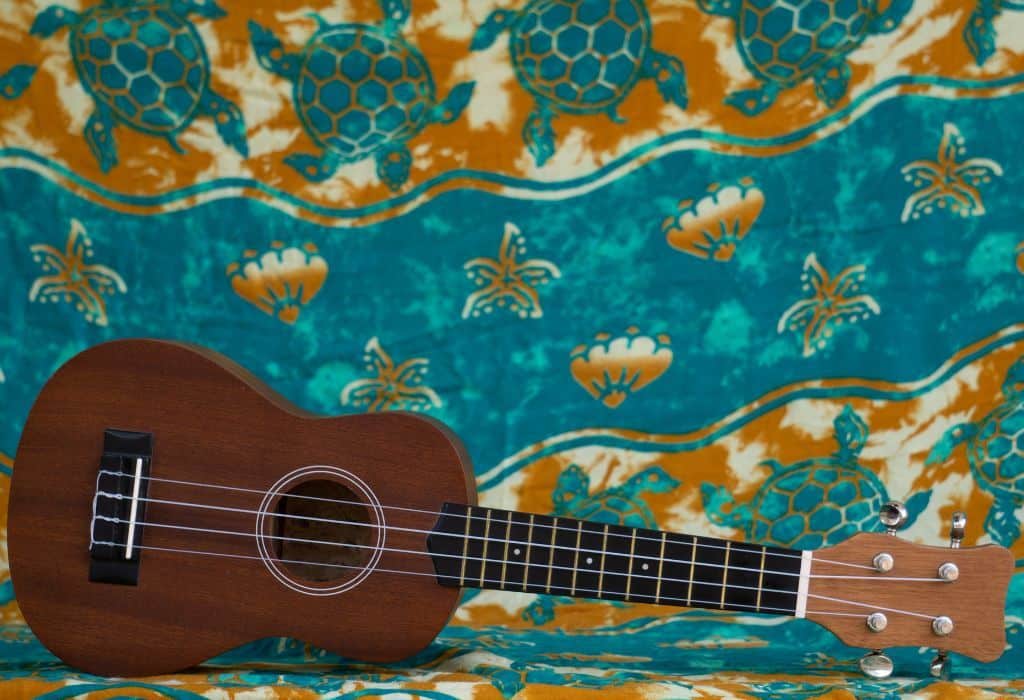
This nickname was affectionately given by the Hawaiians, who were captivated by the energetic playing style of the Portuguese immigrants who brought the instrument to the islands.
So, the next time you strum your ukulele, remember that you’re playing an instrument with a name as lively and spirited as its sound.
Facts on Ukulele Types and Construction
Another fact about the ukulele is that it has different varieties! Each type offers a combination of size, construction materials, and sound, reflecting tradition and innovation.
The ukulele can also be fused with other instruments, such as the banjolele and the tiple.
Varieties of Ukulele
The ukulele has four main members: soprano, concert, tenor, and baritone.
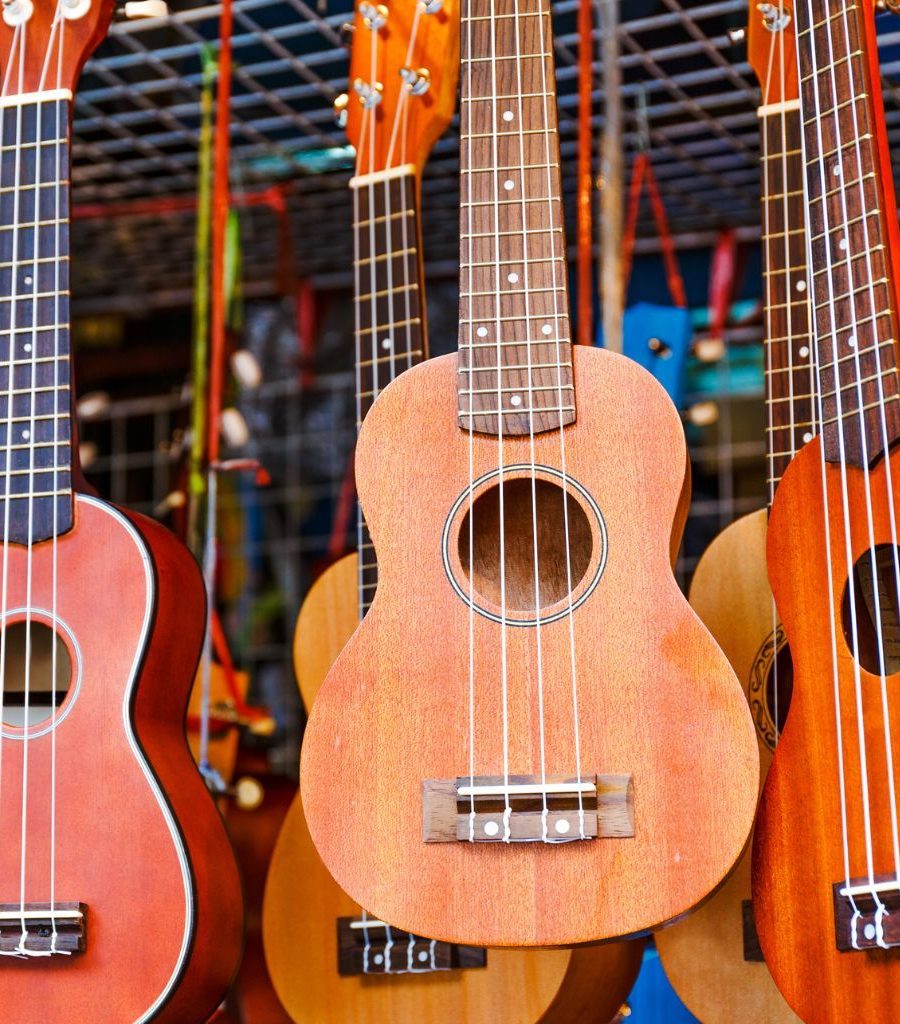
Soprano: often seen as the standard, is known for its bright, classic ukulele sound.
Concert and tenor ukes: These two ukes provide a fuller, richer tone and larger body
Baritone ukuleles: share a deeper, more guitar-like sound.
In addition to these, there’s a bass ukulele with a deeper resonance and the banjolele, a fun fusion uke with the twang of a banjo.
Materials and Making: Nylon Strings
Your ukulele material, with wood being the heart of traditional ukes. Commonly used woods include mahogany, koa, and maple, each adding flavor to the music.
Beyond wood, you’ll discover that many ukuleles are made from other materials, like plastic, which lends durability and a pop of color.
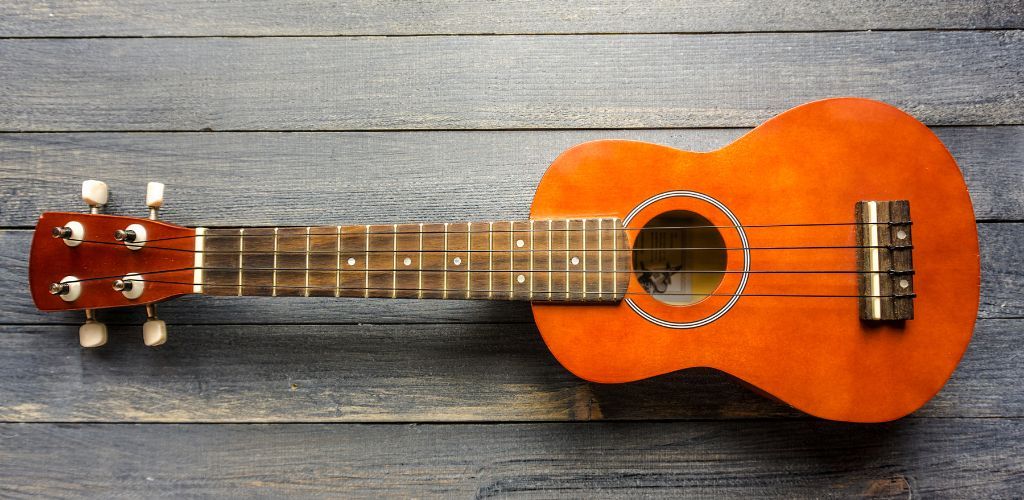
Originally, ukulele strings were strung with gut strings, but nowadays, nylon strings are the norm, credited for their smooth sound and durability.
Crafting a ukulele involves precision and passion, and techniques have been passed down through the guitar family for generations. The result is an instrument that’s both a work of art and a musical companion.
Facts on the
Best Ukulele Brands
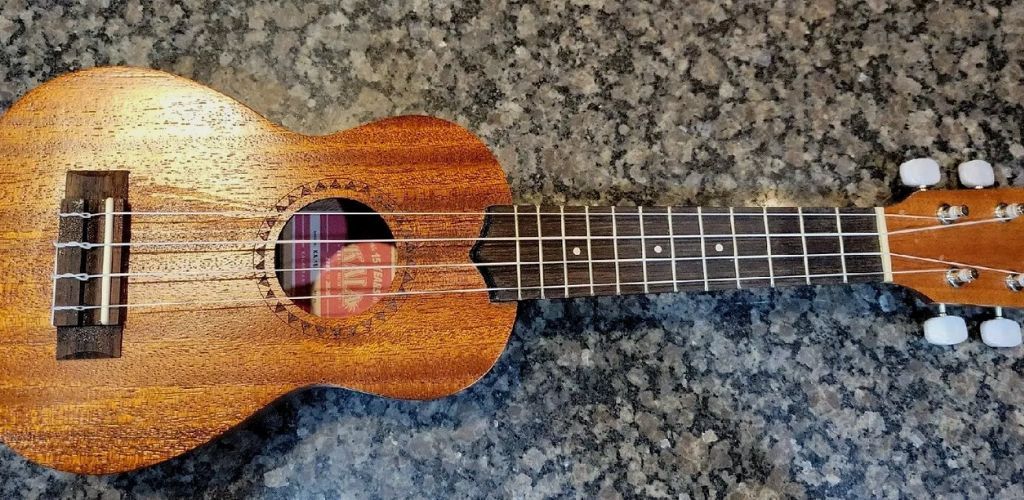
When looking for the best brand for a reliable uke, names like Kala and Corodoba stand out.
Kala is famous for its range and affordability, making quality accessible for beginners and seasoned players alike.
Kala Satin Mahogany KA-15S
Soprano Ukulele

PERFECT FOR: players of all ages and skill
FEATURES: All-mahogany body creates plenty of sweet sonic goodness
OTHER INFO: Enjoy a lively, warm, responsive ukulele character
Kala Satin Mahogany KA-15S
Soprano Ukulele
- Play with comfort thanks to a silky-smooth satin finish
- Classic soprano size delivers an instantly recognisable high-end shimmer
- With geared tuners and premium Aquila Nylgut strings for reliably warm sounds and stable tuning
- Affordable ukulele that delivers a rich tonal range
- None
When you click ‘Check Price’, you’ll see there are loads of great places to buy this item. Our personal favorite is Sweetwater for the US, and Thomann and Gear4Music for the UK & Europe.
They are the largest music retailers, with excellent customer service, competitive prices, really fast shipping, and the longest guarantees.
The professional musician who wrote this article combined many things,
from the product build, manufacturer’s reputation through to feedback
from other users, to create our famous TedScore™.
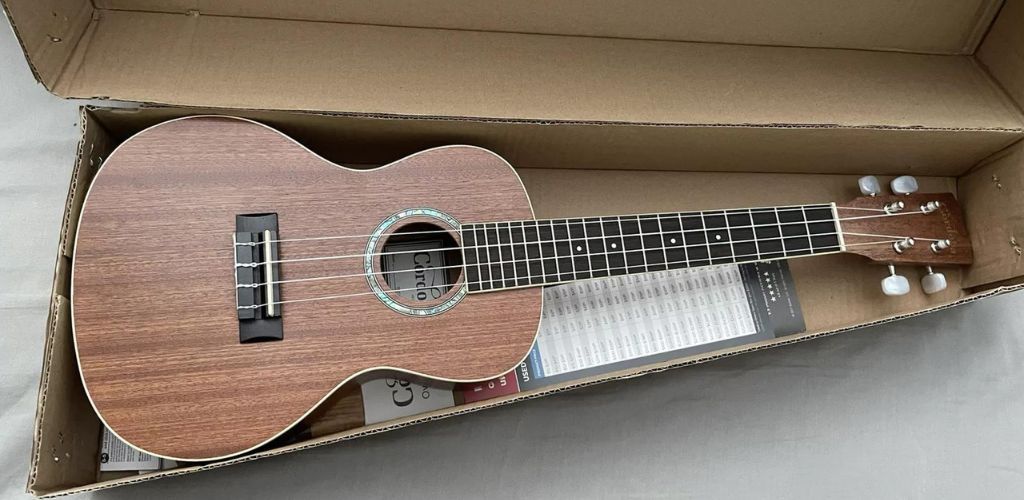
Cordoba, a venerable name, offers premium ukes synonymous with old-world craftsmanship
Cordoba 15CM Concert Ukulele

PERFECT FOR: any performances of all playing abilities
FEATURES: Rich, balanced tones delivered from the mahogany body
OTHER INFO: Smooth playability thanks to the rosewood fingerboard
Cordoba 15CM Concert Ukulele
- Provides a full, balanced tone with plenty of projection
- Vintage look provided by silver tuners and pearloid buttons
- Added punch thanks to back and sides material
- Does not come with a case or gig bag
When you click ‘Check Price’, you’ll see there are loads of great places to buy this item. Our personal favorite is Sweetwater for the US, and Thomann and Gear4Music for the UK & Europe.
They are the largest music retailers, with excellent customer service, competitive prices, really fast shipping, and the longest guarantees.
The professional musician who wrote this article combined many things,
from the product build, manufacturer’s reputation through to feedback
from other users, to create our famous TedScore™.
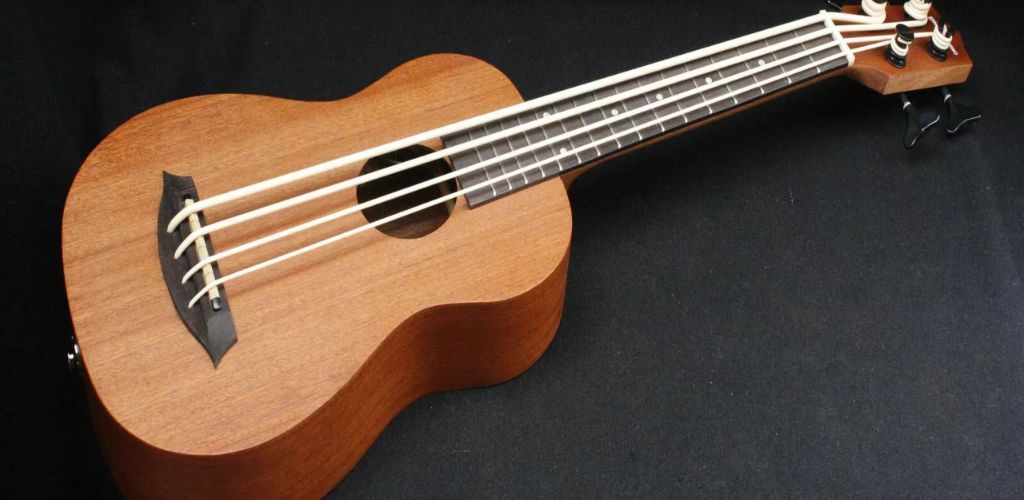
If you’re looking for an affordable ukulele, Gear4music ukuleles offer a budget-friendly option for beginners. They provide decent quality and accessible playability for those looking to start playing without a significant investment.
Ukulele by Gear4music

PERFECT FOR: young beginners
FEATURES: With soft strings and a small soprano size
OTHER INFO: Crafted with a high quality laminate build
Ukulele by Gear4music
- Produces sweet, mellow sounds
- Ideal for practice and play, learning, and teaching music fundamentals
- You can take anywhere
- Not the best quality in terms of durability
When you click ‘Check Price’, you’ll see there are loads of great places to buy this item. Our personal favorite is Sweetwater for the US, and Thomann and Gear4Music for the UK & Europe.
They are the largest music retailers, with excellent customer service, competitive prices, really fast shipping, and the longest guarantees.
The professional musician who wrote this article combined many things,
from the product build, manufacturer’s reputation through to feedback
from other users, to create our famous TedScore™.
Ukulele in Popular Culture
The ukulele has strummed its way into the hearts of many through its appearances in popular culture. One of the most iconic moments for the ukulele was Israel Kamakawiwo’ole’s soulful rendition of “Somewhere Over the Rainbow.”

This beautiful cover became a global hit in the 1990s, showcasing the ukulele’s ability to convey deep emotion and charm.
The ukulele has also made its mark in films and TV shows like “The Descendants,” “Parks and Recreation,” and “The Office,” adding a touch of whimsy and warmth to the scenes.


Famous musicians have also embraced the ukulele, further cementing its place in popular culture. George Harrison of The Beatles was a big ukulele fan and often incorporated it into his music, bringing the instrument to the attention of millions of fans worldwide.
Modern artists like Jason Mraz have also used the ukulele to create catchy, feel-good tunes that resonate with audiences of all ages.

Whether in the hands of a legendary musician or a character on a beloved TV show, the ukulele continues to enchant and inspire.
Facts about the Ukulele:
Things You Don’t Want to Forget!
The ukulele is a member of the lute family of stringed instruments.
Ukulele lessons are a great way to improve mental and motor skills, as well as hand-eye coordination.
The ukulele was popularized in Hawaii by King David Kalakauna, who was a big fan of the instrument.
The word “ukulele” is derived from the Hawaiian words “uku” and “lele,” which mean “gift” and “come,” respectively.
The ukulele was originally made with gut strings, but modern ukuleles use nylon strings.
George Harrison was a big ukulele fan and often played the instrument in his music.
The ukulele is a great instrument for beginners, as it is relatively easy to learn and play.
Ukulele fun is not limited to traditional Hawaiian music – the instrument can be used to play a wide range of musical styles and genres.
The ukulele is a tiny instrument, but it has a big sound and can be used to play complex songs and melodies.
The ukulele is a member of the guitar family of stringed instruments, but it has a unique sound and playing style.
Hawaiian music is not the only genre that features the ukulele – the instrument is also used in many other types of music, including rock, pop, and folk.
Portuguese instruments, such as the machete, were an influence on the development of the ukulele.
As many ukuleles as guitars were sold in the 1920s, making the ukulele a popular instrument during the Jazz Age.
The ukulele is a great instrument for learning about other stringed instruments, such as the guitar and violin.
With these fun facts in mind, you can appreciate the ukulele not just as a musical instrument but as a cultural icon with a rich history and a bright future.
Facts about the Ukulele:
Jumping Flea You Don't Want to Forget!

There you have it! Those are the ukulele facts that ukulele players deserve to know.
Don’t forget about these fun facts:
Before it became a ukulele, it came from Portuguese instruments named Machete de Braga and Cavaquinho.
The name “ukulele” loosely translates to “jumping flea” in Hawaiian, likely a nod to how fingers move when strumming.
It has four strings, making learning simpler than other stringed instruments with more strings.
It’s typically made from various kinds of wood or sometimes plastic for more economical models. Koa wood is highly prized for traditional Hawaiian ukuleles for its superior sound quality.
Different sizes vary from the soprano, beloved for its classic sound, to the baritone, which gives deeper, guitar-like tones. The concert and tenor sizes nestled comfortably in between, blending the two extremes.
So, every time you hold a ukulele, remember the journey it took for that tiny instrument to be known as one of the most adored stringed instruments today!
Hold up a minute! There’s some more…
After learning the facts about this instrument, you need to know how long it takes to learn to play it. This article will tell you all about it. Let the ukulele lessons begin!
FAQ's
The ukulele originated in Hawaii in the 19th century as a Hawaiian adaptation of the Portuguese machete. It has four strings and comes in four common sizes—soprano, concert, tenor, and baritone—and gained massive popularity in the United States mainland and internationally through the early 20th-century Hawaiian music craze.
The ukulele is over a century old, having been developed in Hawaii in the 1880s following the arrival of Portuguese immigrants.
The ukulele is special for its portable size, distinctive, cheerful tone, and ease of learning, making it a popular instrument for beginners and experienced musicians.
The word ukulele got its name from Hawaiian words. Ukulele means ‘uku’, meaning ‘flea’, and ‘lele’, meaning ‘jump,’ allegedly because the fast finger movements of the player resembled the hopping of fleas.











Mahalo nui loa for writing this.
Just a quick fix.
David Kalauna should be King David Kalakaua. The last king of Hawaii before the overthrow who revitalized Hawaiian mele.
Uku and lele, Uku is translated to lice, and lele is jumping in Olelo Hawaii.
It is commonly accepted that William Purvis, an officer of King Kalakaua’s court, with his fidgety playing and strumming, that the instrument was named ukulele from his hand movements.